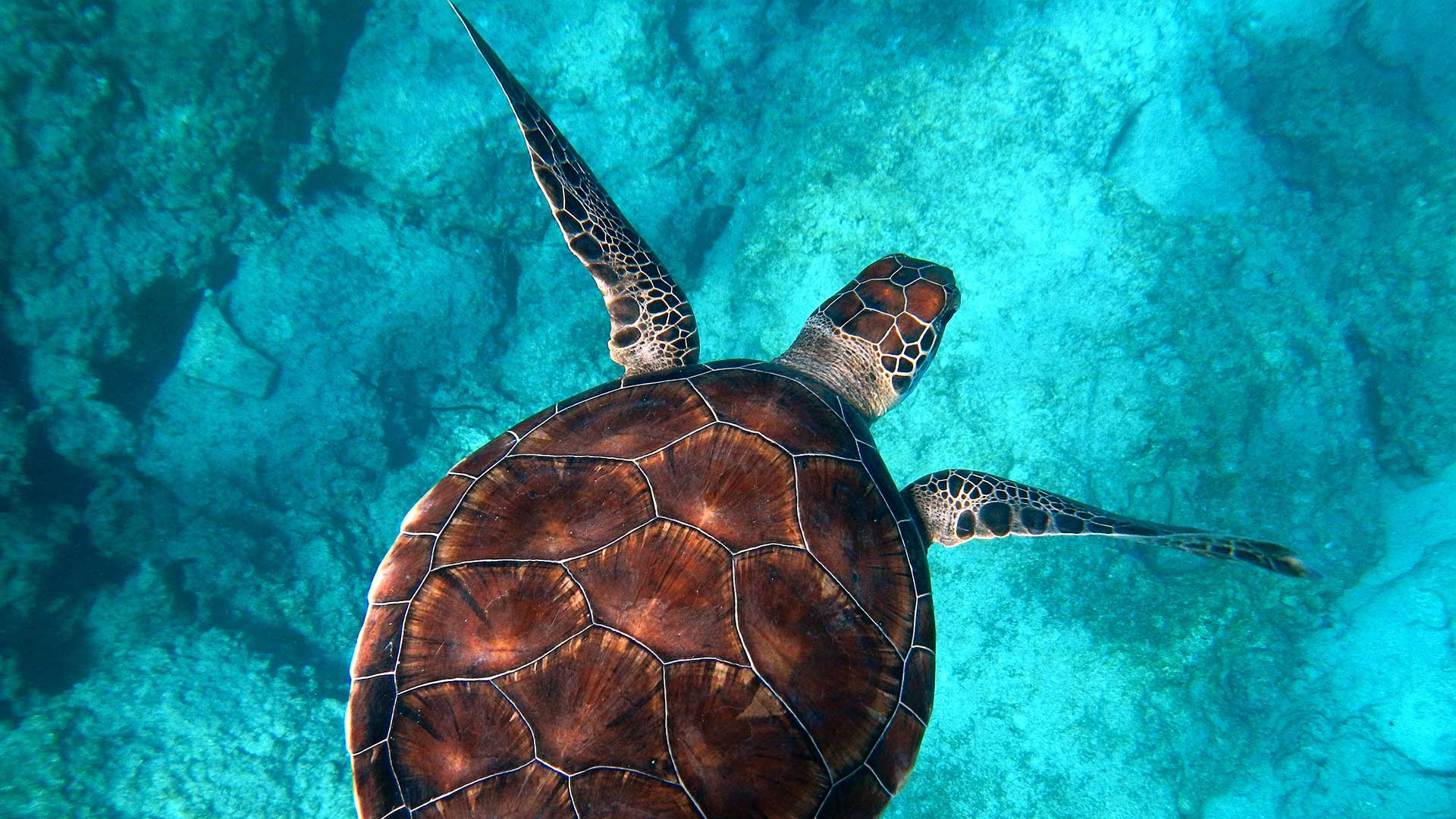Get to Know your Neighbors!
Get to know your neighbors in San Diego county media segment
 Photo by Octavio Aburto
Photo by Octavio Aburto
In this media segment WILDCOAST would like to introduce San Diegans to some of their closest neighbors… wildlife. San Diego county and its nearshore marine areas are home to one of the most diverse and dynamic ecosystems on the planet. The interactions, both intentional and passive, between humans and wildlife create some complex issues at such an extreme urban/ natural interface. Many San Diegans are keen on issues that arise between humans and wildlife for competing space but may not understand things from a wildlife point of view. WILDCOAST is here to act as translator for local wildlife and inform human residents that wildlife residents, although voiceless, need to be heard. This segment will also act as a reminder to WiLDCOAST followers that opportunities to volunteer are plentiful.
Week #1: California Spiny Lobster, Panulirus interruptus
It is that time of year again ladies and gentleman… Lobster season… catch me if you can! The season is once again upon us and it is time for the illusive members phylum Anthropoda to play hide and seek with divers. Lobster that react too slowly or do not hide well, face the ultimate price… becoming the contents of a taco! There are a few things that humans should know about lobster 1) to make them successful in their hunt and 2) to make it a fair catch.
First is a little background about the California Spiny Lobster. Living in the dark benthic underworld of rocky reef habitats, lobster are nocturnal by nature and hide in crevices away from the light of day. By night lobster emerge from their hides to prey upon clams, mussels, worms and arguably most importantly, urchins. Urchins are the primary organism that feed on kelp and a delicate balance has been naturally established between kelp and urchins. Without the presence of lobster, urchin populations would be left unchecked and are capable of deforesting large swaths of kelp forest in a relatively short period of time.
To offset this possibility natural resource managers have created a system of fishing regulations to ensure that lobster populations are reproductively viable and can flourish for years to come. Female California Spiny Lobster are capable of carrying up to 680,000 eggs during spawning season (May-August). Not by coincidence, the 2016-2017 lobster season will run from October 1st- March 22. This allows a month buffer on either side of spawning as an insurance policy for abnormal environmental conditions which could trigger/prolong the spawn. Lobster size is also strictly regulated to ensure that reproductively mature individuals have a chance to spawn. Size regulations read as, “three and one-fourth inches, measured in a straight line on the midline of the back from the rear edge of the eye socket to the rear edge of the body shell.” This text is very specific and can intimidate some fishermen with its precision, but fear not. Many local dive shops and sporting good stores carry lobster gauges with a fixed span to aid fishermen in quick measurement and assessment of their catch. It is important to take measurements quickly after capturing lobster as to remain legal and not stress undersized critters.
Marine protected areas (MPAs) established in 2012 in San Diego county restrict the take of lobster within established boundaries. The establishment of MPAs is a proven method to aid population, size and resiliency of sport fisheries. WiLDCOAST urges those taking to the rocky shores in search of lobster to do so as environmentally conscious stewards. Please follow rules and regulations set forth for the purpose of conserving this special natural resource. Do not keep more than you plan to use, keep diving to legal areas outside of MPAs, and follow basic size regulations. Most importantly… stay safe! Always try to go with a dive buddy and always let someone know where you plan on diving.
Here is to a safe and successful 2016/2017 lobster season! Good luck from your friends at WiLDCOAST.
If you would like to help in the conservation of my kelp forests there are ample volunteer opportunities with WiLDCOAST during Tijuana River Action Month. You have the chance to join forces with WiLDCOAST and the Tijuana River Action Network (TRAN) to perform large scale estuary clean ups that have a direct positive impact on water quality in San Diego county. Clean up events will begin mid-September and run consecutive Saturdays until October 15th. Contact cory@wildcoast.net for more info on how to get involved.


You must be logged in to post a comment.